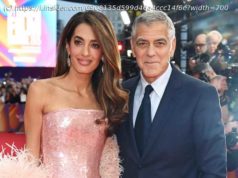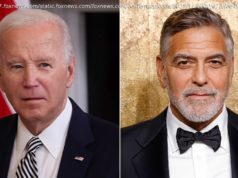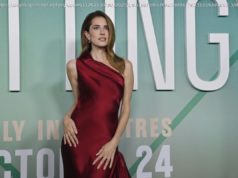When it debuted in 1965, praise wasn’t universal.
Thanks to those pricey commercial spots, the Super Bowl is nearly as famous for hosting brands as football teams. But there’s one brand that the big game—that professional football, period—has planted so deeply in the national consciousness that millions of Americans know it, even though they don’t own it and it’s not for sale in stores. This curious product is the original fake grass, better known as AstroTurf —“one of the most iconic brands in sports,” according to the company.
But first things first: That artificial turf on your back patio? Yeah, that’s not AstroTurf. Home centers sell any number of ersatz lawns, but these are light-duty brands for the home market. AstroTurf has always been for serious play: college ball, Major League Baseball, the National Football League. To date, nine Super Bowls have been played atop AstroTurf.
Now consider: None of it would have happened had Houston not had so many mosquitos.
AstroTurf took its name from the Houston Astrodome (1), the country’s first atmospherically controlled stadium and the brainchild of Roy Hofheinz (2). Though AstroTurf has been embraced by the pros, it’s more often used by college teams (3) who value its engineered, manufactured durability and consistency (4,5).
1. Alamy Stock Photo; 2. The LIFE Images Collection/Getty Images; 3,4,5: Courtesy of AstroTurf
In the early 1960s, Houston power broker and former mayor Judge Roy Hofheinz began pushing for a domed, atmospherically controlled stadium. Naysayers ribbed him until, in 1965, he got the thing built. Inspired by the burgeoning space program, Hofheinz named his creation the Astrodome.
But there was a problem. The stadium’s Plexiglas roof that allowed climate-controlled play in Texas’ swampy weather also blinded players with a glare so bad, they dropped the ball. The solution—tinting the panels—posed a problem of its own: The dimming of the sunlight killed off the grass.
“So Hofheinz picked up the phone and called the folks at Monsanto,” explained AstroTurf international business manager Andy Belles (one suspects he’s told this story many times). In the mid-1950s, Monsanto had developed a product called ChemGrass for use in city school field sports. Snaring the Astrodome commission, Monsanto saw a rebranding opportunity and renamed its product AstroTurf.
The pile: This upper layer is what AstroTurf calls a “high micron monofilament,” which is basically a very durable fiber that looks a lot like natural grass. The fiber: This texturized layer, called the RootZone, features crimped filaments that hold up the main fibers and provide more consistent footing for players. The height: One of the obvious advantages of artificial turf: The grass stays at a perfectly uniform height. For football, that’s between 40 and 60 millimeters.
Raquel Beauchamp and Dianna McDougall
A roll of thermoplastic bristles that looked like grass, stood up to rough play, but didn’t need to be watered or mowed, AstroTurf soon became an NFL darling. By 1984, just shy of 61 percent of pro teams were playing on the green stuff.
Predictably, though, AstroTurf’s popularity opened the field for competitors. To cite a current example, U. S. Bank Stadium—where Super Bowl LII will be played on Sunday—wears Speed Series S5-M turf made by UBU Sports. Minnesota Vikings evp Lester Bagley called the turf “the last brush stroke of the canvas” when workmen laid it down in 2016.
What’s more, fake grass isn’t quite as popular as it was a generation ago. Super Bowl 50 at Levi’s Stadium, for instance, was played on genuine sod. “We use the surface that is [already] present at the stadium,” NFL vp of football communications Michael Signora said. “If it’s grass, we put in a brand new grass field for the Super Bowl.”
When AstroTurf debuted in 1965, praise wasn’t universal. “If baseball was meant to be played on that rubber mat, I’m crazy,” said Chicago Cubs manager Leo Durocher. AstroTurf mustered a defense with this 1969 ad. “I’ve had no trouble adjusting,” said White Sox shortstop Luis Aparicio.
Bad news for AstroTurf? Not really. According to Belles, AstroTurf—today owned by SportGroup Holding—has found many other surfaces to cover. “Truth be told, professional leagues are high-profile for us,” he said, “but the meat and potatoes is now, and continues to be, high school and college.”
And what of the humble homeowner? Can he buy AstroTurf if he wants? Well, sort of. AstroTurf has a sister product called SYNLawn, designed for the residential homeowner whose football games are more likely to be the touch kind.
Click for more from this issue
This story first appeared in the Jan. 29,2018, issue of Adweek magazine. Click here to subscribe.
Share
http://adweek.it/2BpwdaP copy






